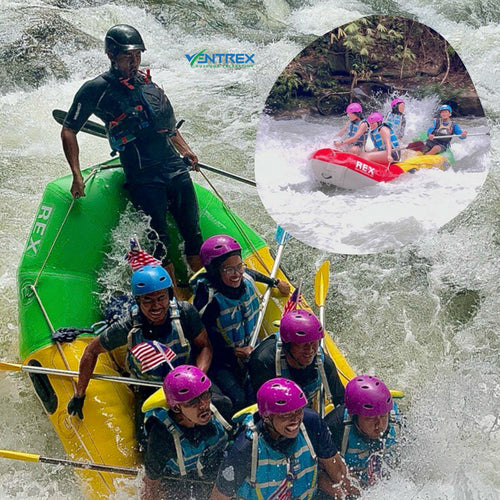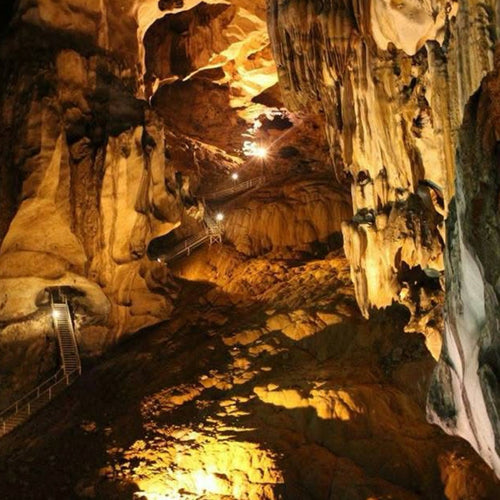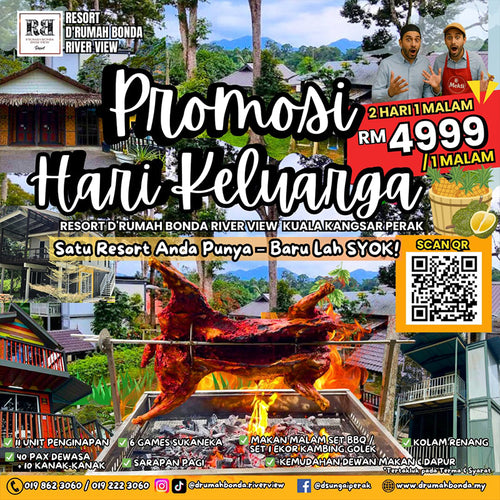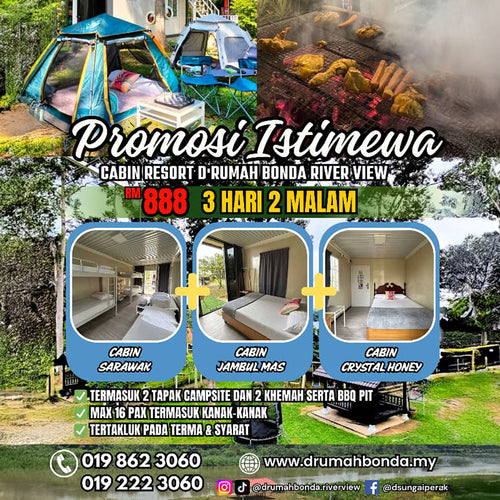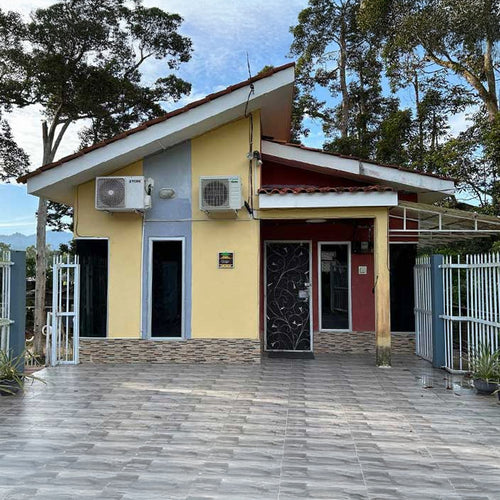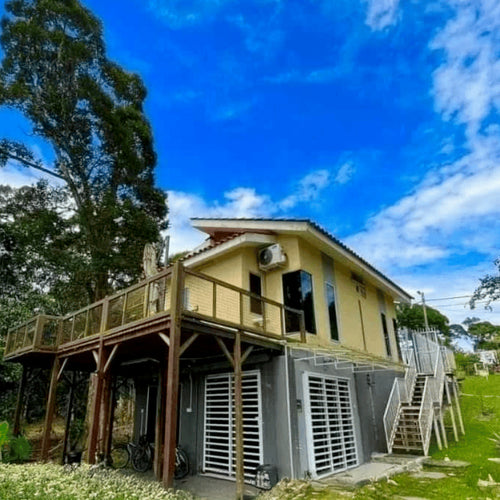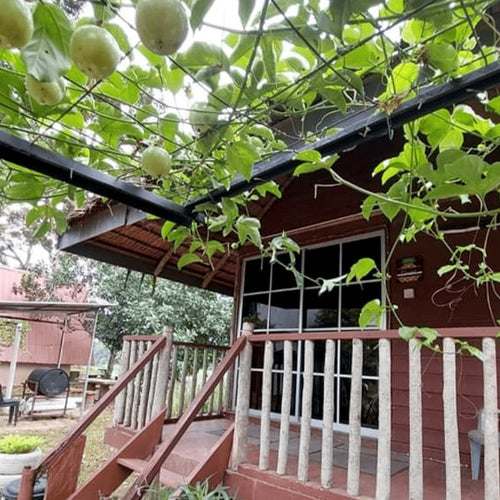Skip to product information


Pos Kuala Mu Indigenous People Settlement
OPEN FOR PUBLIC. SOME AREAS MAY BE PROHIBITED.
CHARGES MAY APPLY FOR SOME AREAS OR ACTIVITIES.
Hiding within the serene highlands of the Titiwangsa Range in Sungai Siput, Perak, Pos Kuala Mu is a hidden gem for eco-tourism enthusiasts seeking an authentic and tranquil retreat. Located approximately 600 to 700 meters above sea level, this destination offers a refreshing escape into nature's embrace, surrounded by lush tropical rainforests and pristine rivers.
The village is home to the Temiar tribe, a community of the indigenous Orang Asli people, who have preserved their rich cultural heritage and harmonious relationship with the environment. Visitors can experience this unique culture firsthand by staying in traditional chalets constructed entirely from natural materials like bamboo and bertam, reflecting the tribe's deep-rooted connection to the land. These accommodations, including Bersah Chalet, Dusun Chalet and Kampung Gapeh Campsite, were developed by the local community and have become popular among tourists, especially during weekends and school holidays.
Pos Kuala Mu offers a range of activities for nature lovers and adventure seekers alike. The area boasts clear, cool rivers ideal for swimming, as well as scenic spots perfect for picnics and relaxation. For the more adventurous, the nearby Mount Yong Yap presents a challenging trek, being one of the toughest mountain treks in Peninsular Malaysia.
Accessibility to Pos Kuala Mu has improved significantly, with a paved road connecting the village to the town of Sungai Siput, making the journey more comfortable for visitors. Despite its growing popularity, the village maintains its peaceful ambiance, offering a perfect getaway for those looking to disconnect from the hustle and bustle of city life.
By visiting Pos Kuala Mu, travelers not only immerse themselves in the natural beauty and cultural richness of the area but also contribute to the local economy and the preservation of the Temiar tribe's way of life. This eco-tourism destination exemplifies sustainable travel, where tourism development goes hand in hand with environmental conservation and cultural preservation.







